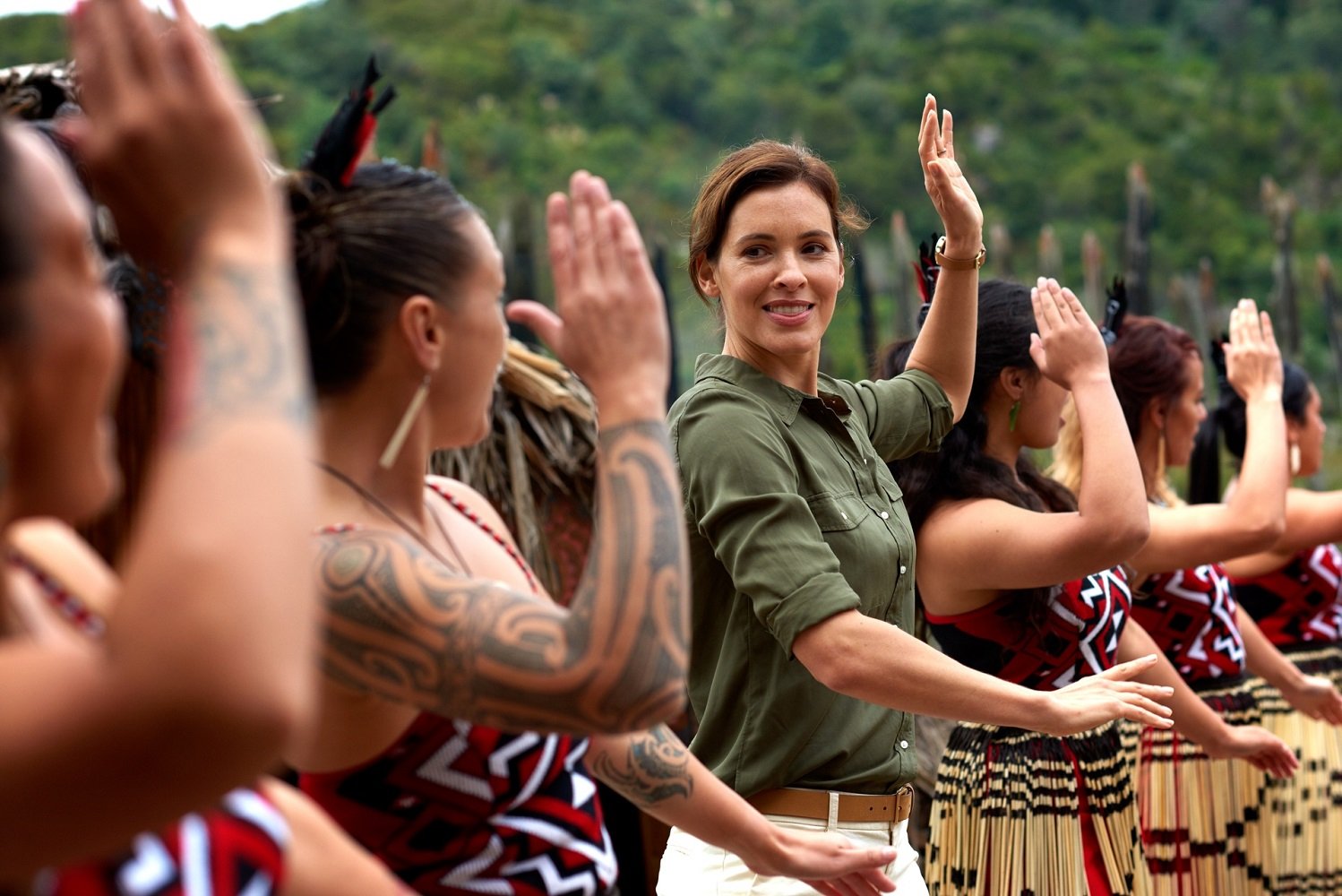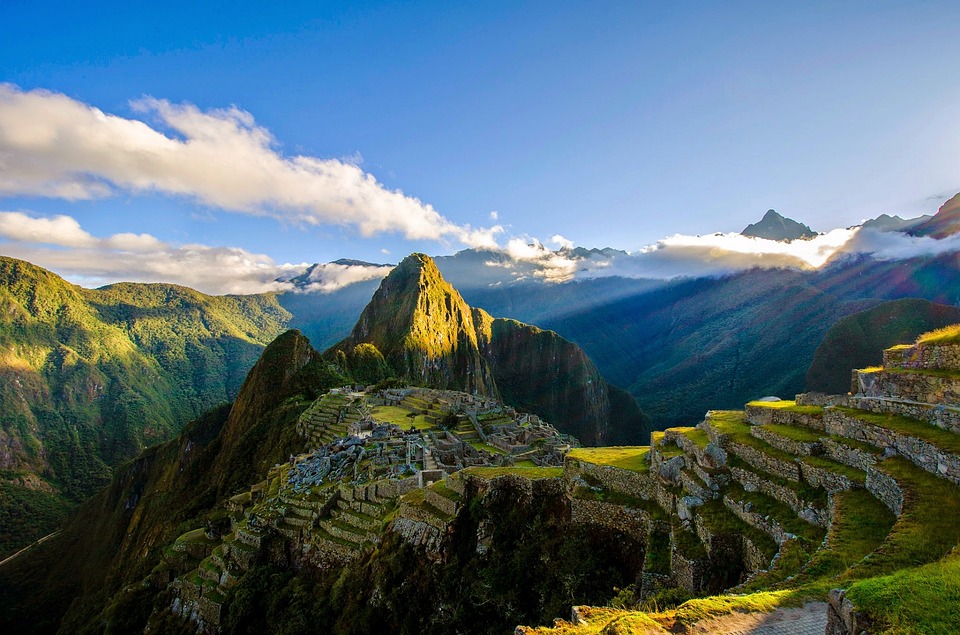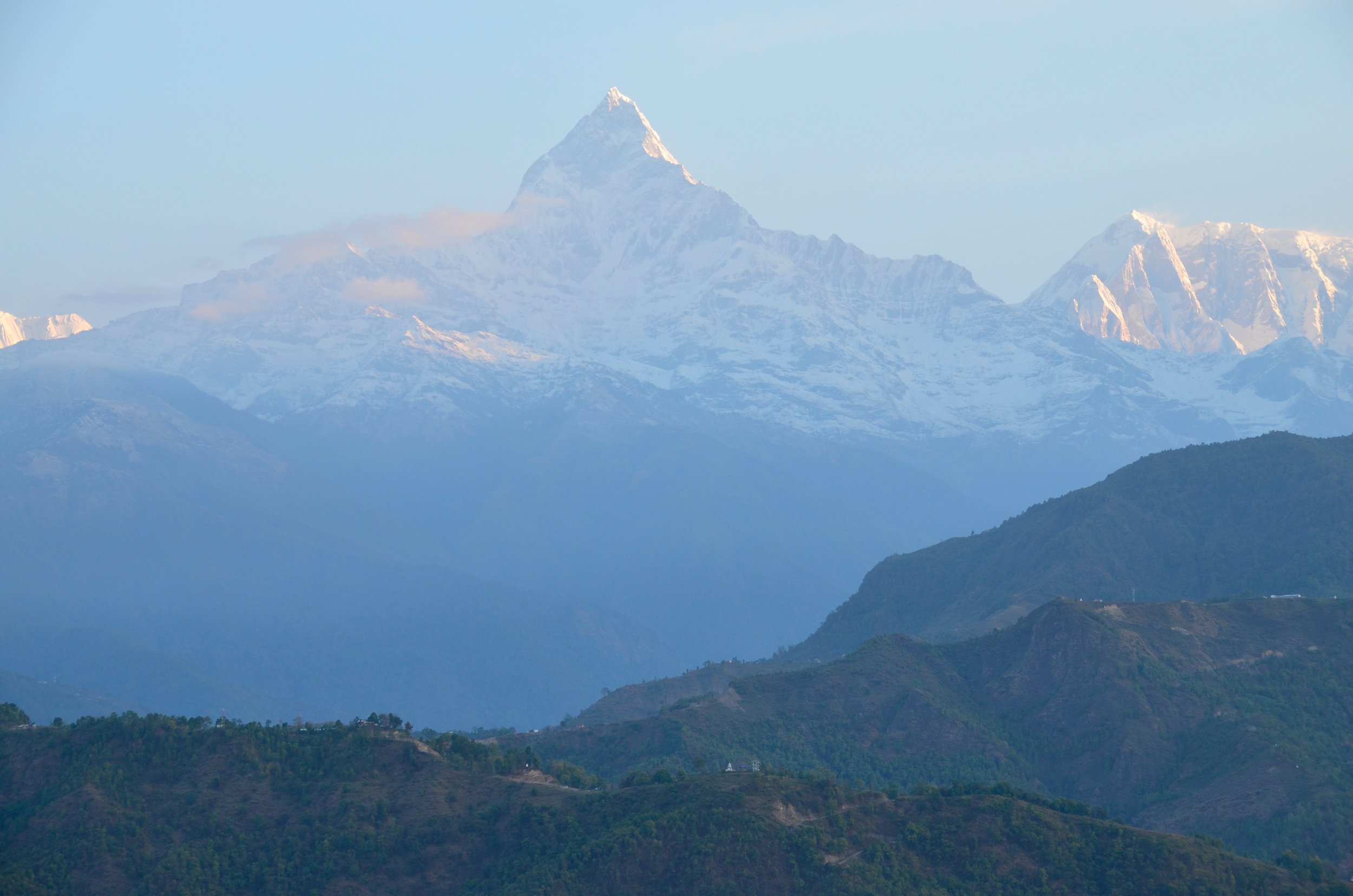(Plus English to Māori translations!
Around 750 years ago, the Māori people of Polynesia first set foot in New Zealand. Named Aotearoa by the Māori, New Zealand then became one of the last inhabited landmasses in the world. Later in 1840, New Zealand became an official British colony, which then followed with a tumultuous history of colonization and displacement of native people.
However, today the New Zealand government is working towards rectifying these wrongs through reparations like giving land back. Every February 6th, the nation also celebrates Māori traditions and Māori culture on Waitangi Day.
The Māori make up 14 percent of the total population in New Zealand, and their traditions are a crucial part of the authentic “Kiwi” culture and history. In order to truly immerse yourself in New Zealand, it’s therefore important to first learn some facts about Māori culture.
Basic Facts about Māori in New Zealand:
New Zealand has two main islands, the northern one is called Te-Ika-a-Maui and the southern one is Te Wai Pounamu.
Te Reo, the Māori language, was originally only an oral language. Instead of books and literature, they passed stories down through songs (waita), legends, and myths.
Te Puia Maori Rotorua by Fraser Clements
Haka, or ancestral war cry, is a worldwide known ceremonial dance or challenge. It is performed to show a tribe’s pride, unity, and strength. Common actions include foot-stomping and loud chants. The expressions and loud noises are meant to intimidate opponents when competing.
Marae, or communal grounds, represent the place Māori stand and belong. These unique, carved buildings belong to a distinct whānau (family), iwi (tribe), or hapū (sub-tribe). The Māori use Maraes as a cultural meeting point to host celebrations, funerals, tribal events, and even education workshops.
More Interesting Facts about Māori Culture
Maori Man
Ta Moko: Traditional tattoos
For Māori, tattoos or ta moko, are an art that represents the respect they have towards their tribe, and culture. Each tattoo is expected to be one of a kind because they represent an individual’s external wisdom, lineage, and status within the tribe. If you ever have the honor of meeting a Māori, do not hesitate to ask about their tattoos. It is a great way to gain a more insightful glimpse of their culture and history.
Hangi: Traditional cooking techniques
For the Māori, community is everything. In order to celebrate and spend quality time together, they organize a hangi, or a massive feast commonly consisting of chicken, lamb, pork, fish, and vegetables slow-cooked in underground ovens for hours. The results are tender textures of meat and smokey and earthly fragranced of every bite.
(You can experience a traditional Hangi meal at a Marae on our 10-day New Zealand tour!)
How Maori say hello
Hongi: Affectionate greeting
The Māori have a very special way of greeting others and it is called hongi (not to be confused with a hangi). It is so unique and representative of the culture, because it consists of two people pressing their forehead and nose while they close their eyes and take a deep breath. It represents sharing a “breath of life” with the other individual and letting their souls meet.
Te reo: oral language with storytelling
As mentioned, te reo, the Māori language used to be solely an oral language. Naturally, the Māori are great at storytelling. Māori culture is based on legends about almost everything, from the wild animals to the mountains, lakes, rivers, and any other natural wonders New Zealand has to offer. These legends are told to give lessons to younger tribe members and have been passed down for generations.
A special connection with whales
Tohorā in Māori, have a meaningful representation in Māori culture. Many of the verbal Māori legends and stories include interaction between people and whales – as well as always referring to them as supernatural and sacred beings. Whale watching is a common and sustainable activity foreigners and locals can enjoy while in New Zealand.
Helpful English to Māori Translations
Most commonly used words & phrases:
Kia ora: hello, greetings, and also thank you.
Haere mai/ nau mai: welcome.
Mōrena: Good morning.
Kei te pēhea koe?: how are you?
Kei te pai : good.
Ka kite anō : see you later
Haere rā : goodbye from a person staying.
Hei kona rā : goodbye from a person leaving
Whare paku : toilet
Aroha : love
Tēnei rā : today (or quite literally "this day")
āpōpō : tomorrow
Inanahi /nōnanahi : yesterday
If you are eager to discover and explore even more of New Zealand's natural splendors, community, and magical Māori culture…
Join us on a 10-day nature tour through the rugged fjords, subtropical forests, and volcanic plateaus of New Zealand’s North and South Island. This tour includes an experience staying overnight at a Marae and enjoying a traditional Hangi, Māori storytelling, and more ways to connect with Māori culture.



























The local food culture of New Zealand is incredibly diverse and influenced by the country's indigenous Māori heritage, European settlers, and a range of international culinary influences. Here are some key aspects of New Zealand food you should know about.